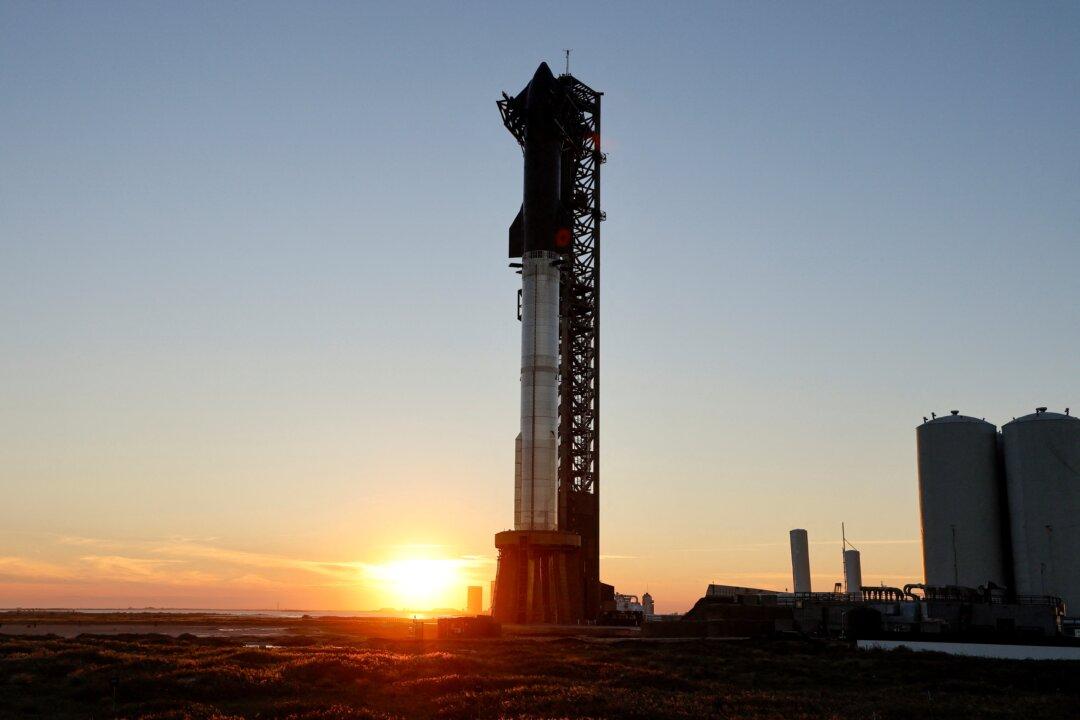The third time was indeed the charm for Elon Musk’s SpaceX, formally known as Space Exploration Technologies Corp., with no “rapid unplanned disassembly” occurring—as did in earlier tests—as the massive Starship Heavy lifted off from Boca Chica, Texas, on the morning of March 14.
Mr. Musk congratulated the company for the successful launch of what he called the “largest flying object ever made,” highlighting the significant achievement of reaching orbital velocity and marking a significant step toward making life multi-planetary.





